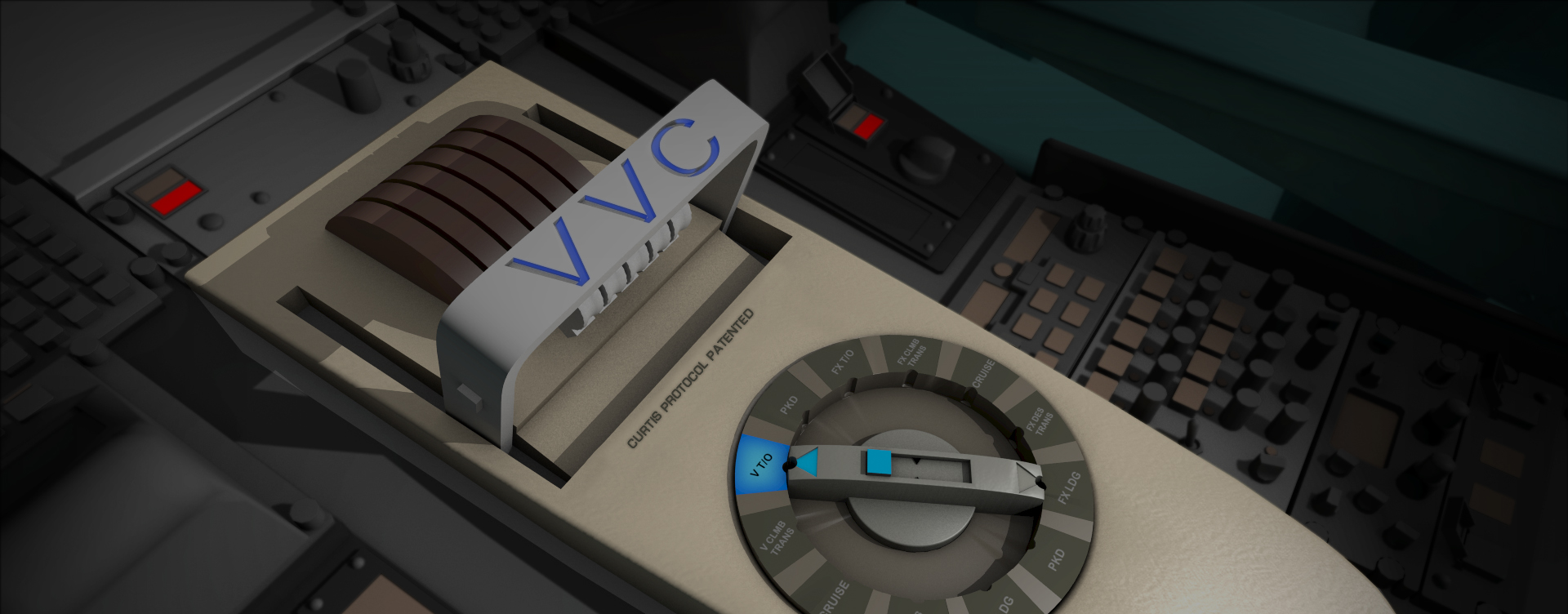In less than a century, the aviation industry went from its first powered airecraft to carrying astronauts to an International Space Station. Now, in the 21st Century, the industry will continue soaring to new heights by using innovation and technology to enhance the experience of flight. Logistical Aircraft Company of North Carolina (LAC) is helping point the way with fresh ideas that will help airlines and airport meet the challenges of the future and improve the flying experience for pilots and customers alike.

The SC-1 and the Age of Multi-Role Aircraft
Over the next 10 years, air traffic is expected to double, and possibly triple. These anticipated increases will force airports and carriers to work collaboratively to explore innovative options for controlling air traffic and limiting the potential for long and frustrating customer delays. One of those options will be increased use of multi-role aircraft, such as LAC’s proposed prototype, the SC-1.
What is the SC-1?
The SC-1 is a short to long range multi-role aircraft, with the ability to make vertical takeoffs and landings on a regular basis to meet mission requirements. The SC-1 is a fixed-wing aircraft, turbo-fan powered, with four identical fixed wings. The wings utilize a “variable symmetric” airfoil. The cockpit is configured for a two pilot operation initially and is designed to allow a fast transition for fixed-wing pilots. The aircraft can be configured for regular passenger operations, particularly in a feeder role from landing zones as small as two acres in very low visibilities, and proceeding to a hub airport, blending in with normal fixed-wing traffic. The SC-1 and its military variant use a novel and recently-patented pilot interface, “The Curtis Protocol”, plus a new orchestration of existing technologies, to achieve their truly multi-role personalities.
Innovations
In addition to the potential of cutting pilot training costs through “The Curtis Protocol”, LAC is poised to help the aircraft industry meet other pressing challenges as we move into the age of multi-role aircraft. For example, in vertical takeoff and landing mode (VTOL), the SC-1 has the potential to bring about significant point to point fuel savings, a big plus as the industry faces stringent new fuel efficiency standards in the next few years.
Outside Configuration
The four identical wings are swept 45 degrees for high-speed flight, two aft and two forward. The relationship of the forward and aft sections to the chord will change the configuration as called for by the regime of flight selected via the CMS. The traditional “wing box” is in the high wing configuration, and is rotated for VTOL operations. In-flight refueling is an option plus lower fuselage modular fuel tankage as needed for range/payload mission requirements.
Inside Configuration
The cockpit is configured for a two pilot operation initially and is designed to allow a fast transition for fixed-wing pilots. The aircraft can be configured for regular passenger operations, particularly in a feeder role from landing zones as small as two acres in very low visibilities, and proceeding to a hub airport, blending in with normal fixed-wing traffic.
Please contact LAC directly for details of the SC-1M military variant.
